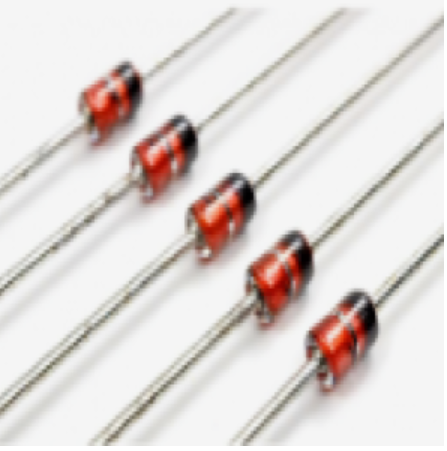Date:2025-07-07 Categories:Product knowledge Hits:339 From:Guangdong Youfeng Microelectronics Co., Ltd
A power diode is a semiconductor device capable of unidirectional conduction, allowing current to flow in one direction while exhibiting high resistance in another direction. Power diodes are commonly used in rectifier circuits to convert alternating current (AC) into direct current (DC). In the field of power electronics, power diode are mainly used for high-power applications such as power conversion, industrial motor drive, wind power generation, and photovoltaic power generation systems.
The structure of a power diode is basically a PN junction composed of a P-type semiconductor and an N-type semiconductor. When a forward voltage is applied to the diode (i.e., the P-type terminal is positive and the N-type terminal is negative), the depletion region of the PN junction narrows and current can flow through the diode. At this point, the AD8275ARMZ-R7 diode conducts, and the magnitude of the current depends on the applied voltage and the characteristics of the diode. When a reverse voltage is applied (i.e., the N-type terminal is positive and the P-type terminal is negative), the depletion region widens, the diode exhibits a high resistance state, and the current is blocked.
The dynamic process of power diode involves their working state in AC circuits, including two stages: conduction and cutoff. Throughout the entire communication cycle, the working state of the power diode will change with the variation of voltage, generating specific waveforms.

Previous: Classification, Structure, and Principle of MOSFET
Next: Definition of power diode and waveform introduction of power diode dynamic process 2